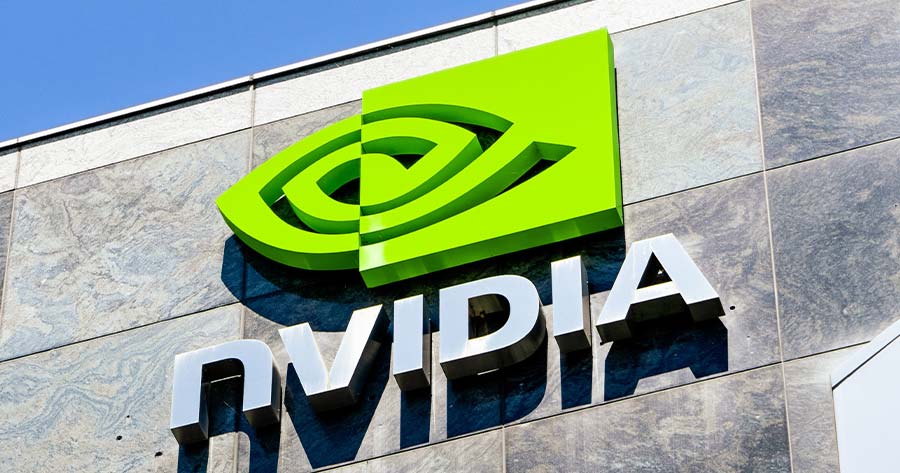Tech giant Nvidia reported robust earnings for Q2 of the fiscal year 2024, surpassing expectations and offering a positive outlook. The company posted a revenue of $30.0 billion, a remarkable 122% increase year-over-year, with an earnings per share (EPS) of $0.67, up 168% from the previous year. The gross margin stood at 75.7%, slightly exceeding the estimated 75.5%.
Moreover, Nvidia announced a new $50 billion buyback program with no set expiration date, demonstrating confidence in its financial position and commitment to returning value to shareholders.
Despite the strong performance in Q2, Nvidia’s shares dipped 6% in after-market trading following the release of its FYQ3’25 guidance. The company projected revenue for the upcoming quarter to be around $32.5 billion, with a margin of error of 2%. While this guidance exceeded the average estimate of $31.9 billion, it fell short of the most optimistic projection of $37.9 billion. The expected gross margins for both GAAP and Non-GAAP were provided, along with approximate operating expenses and tax rates.
Nvidia’s Q2 revenue breakdown by segment revealed significant growth in Data Center revenue, reaching $26.3 billion, and resilient performances in Gaming, Professional Visualization, and Automotive sectors. Key financial metrics such as operating income, net income, and operating expenses showed substantial year-over-year increases, reflecting the company’s strong operational performance.
In a statement, Nvidia’s CFO Colette Kress elaborated on various strategic initiatives and market trends impacting the company. The execution of modifications to the Blackwell GPU mask aimed at enhancing production yield was emphasized, with plans for the Blackwell production ramp to commence in Q4 without delays. Additionally, strong demand for the Hopper series and Blackwell platforms was noted, indicating positive growth prospects in these product lines.
The CFO also highlighted the expanding market for Sovereign AI, where countries are developing their infrastructure, projecting significant revenue potential reaching ‘low double-digit’ billions in the upcoming years.




